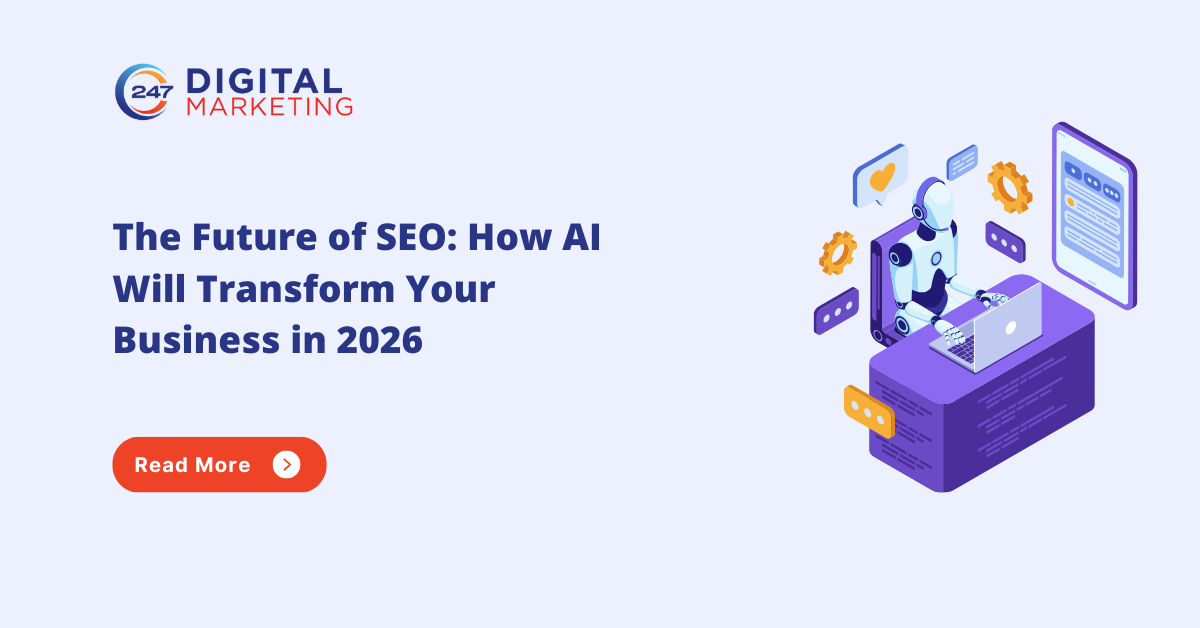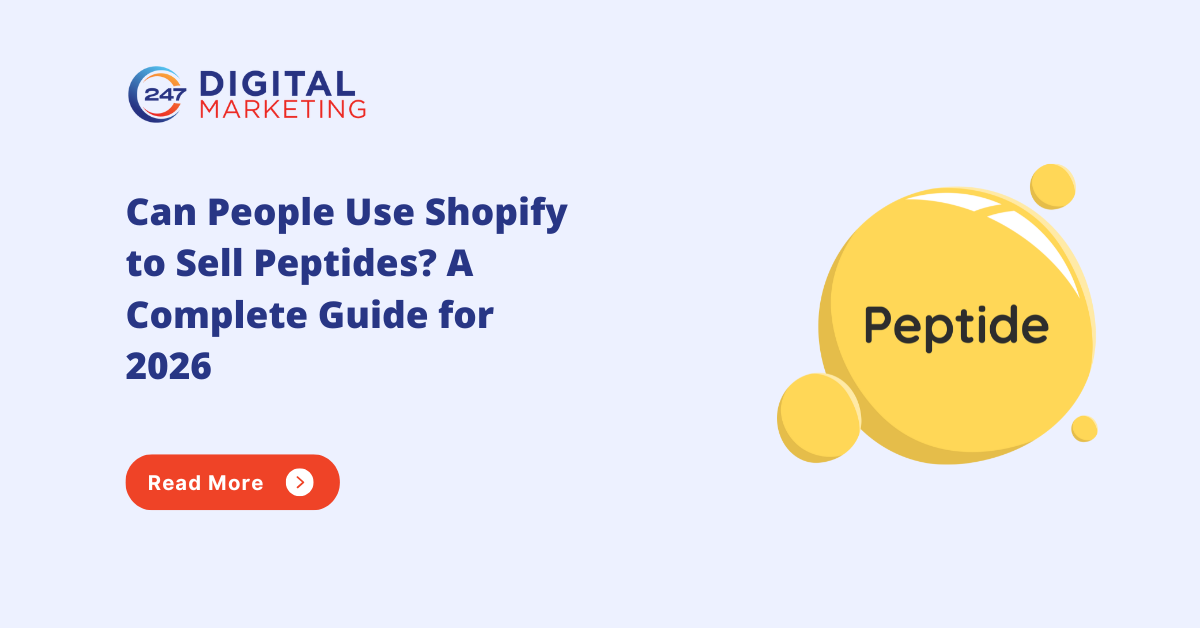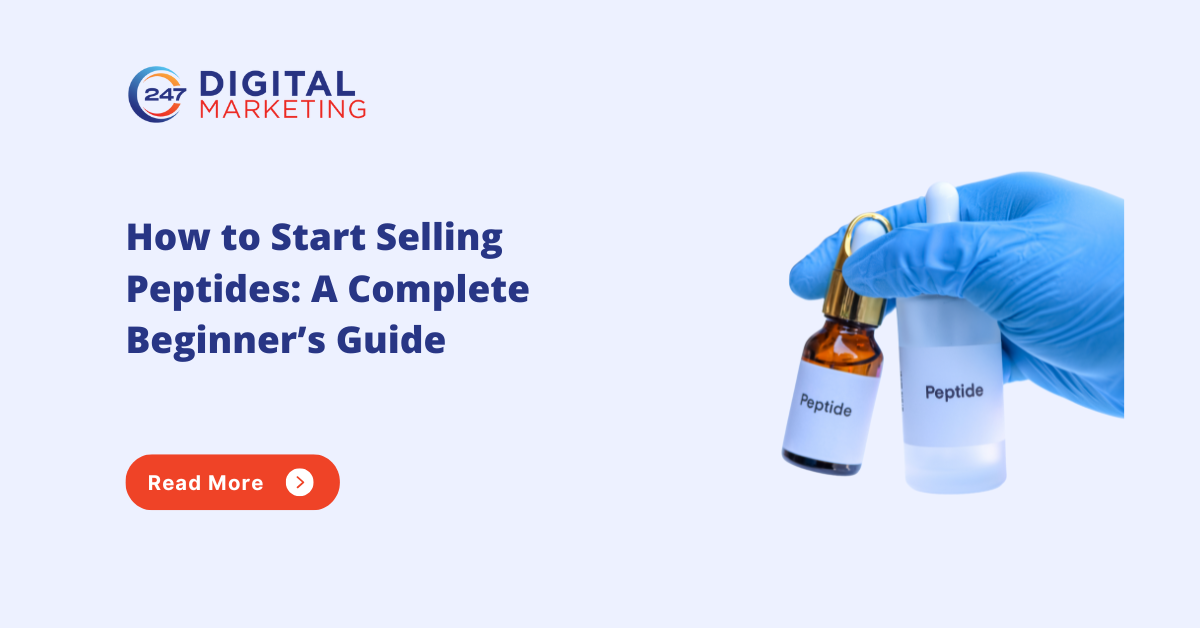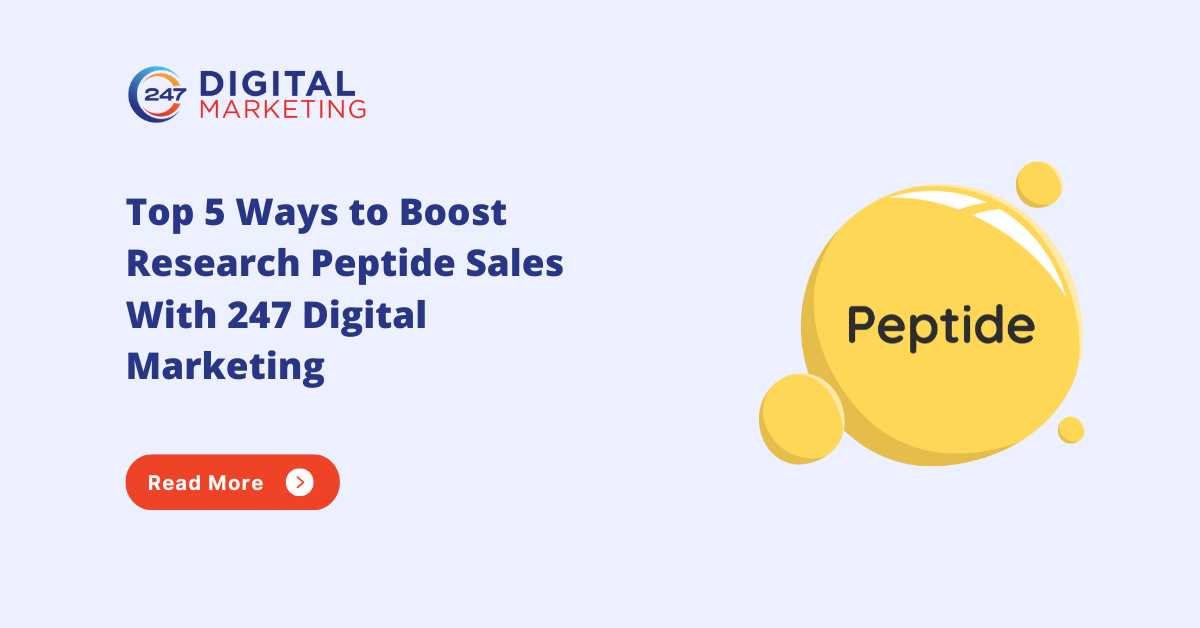
Google changed the game again. If you’ve seen your website traffic decline even though you’re still doing “SEO,” you’re not just imagining things. The rules of online visibility have shifted more than you might think, and businesses that don’t adapt could be left behind.
AI is now deeply integrated into how people find information. Google’s AI answers questions directly. ChatGPT includes search functionality. Voice assistants have become part of daily routines. In this new world, the old SEO tactics the ones you used a year ago can no longer guarantee results.
Here’s the good news: this isn’t the death of SEO. It’s an evolution. And the companies that move quickly will dominate. Below, you’ll find the seven critical truths about how AI is changing search and what you must do to stay ahead.
Whether you work with an SEO Company in New York or run your own marketing, the rules governing visibility have changed.
1. The New Search Landscape: What Actually Changed
- AI-first Search Results: Traditional search used to show a list of “10 blue links.” That’s no longer the only or even the primary way users get answers. AI-powered overviews (like Google’s AI Overview) now synthesize data from many sources to deliver direct responses.
- Different Consumption Behavior: People aren’t scanning search results for the “best website”; they’re asking a question and expecting a full, accurate answer right away.
- Decline in Click-Throughs: Because AI systems can answer questions without directing traffic to a website, you might see your SEO ranking stay stable while organic visits drop.
- New Trust Signals: Instead of focusing just on keywords, backlinks, and on-page SEO, AI systems now prioritize content from trusted, authoritative sources the type they can quote.
Why this matters: To win in this new environment, you have to become a source AI systems trust and reference directly.
2. Answer Engine Optimization (AEO): The New SEO
- What Is AEO? AEO is optimizing for AI systems (search engines, chatbots, voice assistants) so they use your content as the answer when someone asks a question.
- How AIs Evaluate Content: AI systems judge content based on credibility, clarity, structure, and relevance.
- AEO Framework:
- Start with a direct, concise answer. AI systems scan for immediate value.
- Support with evidence. Use data, examples, or expert quotes.
- Expand thoughtfully. Include related subtopics or typical follow-up questions.
- Structure for machines. Use headers, bullet points, and numbered lists to make it easy for AI to parse.
- Example:
- Less effective: “There are many factors to consider when choosing a roofing contractor…”
- AEO-optimized: “The best time to replace your roof is late spring or early fall, when weather conditions are more stable. In spring (April–May), shingles adhere better; in fall (September–October), work can be finished before winter. Avoid very hot summer days (above 85°F) or freezing winter weather (below 40°F), both of which can compromise installation.”
- Action Step: List the top 10 questions your customers ask. Create content that answers each one with a “direct answer first” approach.
3. Content Strategy for the AI Era
- Content Hierarchy for AI: AI systems tend to favor content in this order:
- Clear answers to specific questions
- Expert or authoritative sources
- In-depth resources that cover subtopics
- Fresh, recently updated content
- High-Performing Content Types:
- FAQ-style pages (perfect for AI extraction)
- How-to guides / step-by-step instructions
- Comparison articles (e.g., Pros vs Cons)
- Explanatory content (definitions, industry concepts)
- Data-driven pieces, case studies, research reports
- Modern Topic Cluster Approach:
- Pillar Content: A comprehensive guide on your core service or product.
- Question Pages: For each common customer question.
- Supporting Tools: Calculators, checklists, or downloadable resources.
- Case Studies: Real-world examples of how you helped customers.
- Optimization Checklist:
- Begin with a direct answer
- Include relevant statistics and data
- Use subheadings that can double as standalone answers
- Add a summary or “key takeaways” section
- Use schema markup for AI readability
- Regularly update content to maintain freshness signals
- Action Step: Audit your current content using this hierarchy. Identify content gaps and plan 2–3 high-impact pieces for the next month.
4. The Rise of Conversational Search
- Search Behavior Is Changing: Instead of typing “best CRM software,” people now ask questions like:
“What’s the most affordable CRM for a five-person real estate team that integrates with Gmail?”
- Why This Matters:
- Traditional keyword research is less effective.
- Conversational, long-tail queries have less competition and often higher intent.
- Featured Snippets = More Important Than Ever:
These answer boxes at the top of search results are directly used by voice assistants and AI systems. - Tips to Optimize for Snippets:
- Answer questions in ~40–60 words
- Use bullet points, numbered lists, or tables
- Put the question as a header in your content
- Local Business Advantage:
For service-based businesses, local conversational search is especially powerful. Example queries include:- “Who’s the most reliable plumber in Back Bay for emergency calls?”
- “Which Boston plumber works with historic homes?”
- “Who offers same-day plumber service in Boston?”
- Action Step: Compile 20 real, conversational questions your customers ask. Write one piece of content that answers one of them this week. Also, update your Google Business Profile with FAQ-style content.
5. Building Trust Through E-E-A-T
- Why Trust Matters More Than Ever: AI systems don’t randomly pick sources. They favor content that reflects E-E-A-T: Experience, Expertise, Authoritativeness, and Trustworthiness.
- Breaking Down E-E-A-T:
- Experience: Show real hands-on work case studies, client stories, or personal anecdotes.
- Expertise: Highlight credentials, years of industry experience, awards, or certifications.
- Authoritativeness: Demonstrate that others look to you as a leader media mentions, quality backlinks, guest posts.
- Trustworthiness: Be transparent. Use HTTPS, share your company info, display reviews, and maintain clear policies.
- How to Boost Your E-E-A-T:
- Create detailed author bio pages with credentials, experience, and links to professional profiles.
- Generate citation-worthy content: original research, data reports, comprehensive guides, or useful tools.
- Document real customer successes: case studies, video testimonials, before-and-after stories.
- Ensure technical trust: secure website, updated certificates, transparent business data, regular content reviews.
- Action Step: Do an E-E-A-T audit: check your author pages, business info, and trust signals. Then pick one area where you can create authoritative, citation-worthy content (like a research report or case study).
6. Technical SEO for AI Compatibility
- User Experience Is Non-Negotiable: AI systems increasingly prioritize websites that deliver a fast, stable, and predictable experience.
- Core Web Vitals You Must Nail:
- LCP (Largest Contentful Paint): Aim for under 2.5 seconds.
- FID (First Input Delay): Should be under 100 ms.
- CLS (Cumulative Layout Shift): Keep it below 0.1.
These aren’t just ranking metrics poor scores may prevent AI systems from recommending your site.
- Schema Markup:
Use structured data so AI systems understand exactly what your content is.- Mark up your Organization / Local Business info
- Use Article schema for blogs
- FAQ schema for question pages
- Review schema for testimonials
- Product / Service schema wherever relevant
- Mobile-First Optimization:
Since AI systems often crawl mobile versions of sites, make sure:- Your site is responsive
- Navigation is easy via touch
- Text is readable without zoom
- Images and media are optimized for mobile
- Page Speed Optimization:
- Compress images / use modern formats
- Reduce HTTP requests
- Use a Content Delivery Network (CDN)
- Enable browser caching
- Action Step: Run a Core Web Vitals audit for your key pages. Fix urgent technical issues. Implement basic schema markup on priority pages. Plan a full technical SEO audit over the next month.
7. Your 90-Day Action Plan
Knowing what’s changing isn’t enough. You need to execute. Here’s a detailed 3-month roadmap to put all this knowledge into action:
Days 1–30: Build the Foundation
Week 1: Assessment & Quick Wins
- Audit your top 10 pages for AI readiness (structure, content, schema)
- Implement schema markup: start with FAQ, Organization, Local Business
- Run Core Web Vitals tests & fix the biggest issues
- Make a list of your customers’ top questions
Week 2: Strategy Setup
- Identify 20 conversational search queries relevant to your business
- Review existing content where can you restructure or rewrite for AEO?
- Draft and publish your first AEO-optimized piece using “Direct Answer First”
- Set up (or revisit) Google Search Console and check if your content appears in AI Overviews
Weeks 3–4: Establish Authority
- Update author bios: highlight credentials, expertise, and experience
- Enhance your About page to reflect trust and expertise
- Apply testimonial / review schema
- Begin drafting in-depth case studies or success stories
Days 31–60: Content & Authority Building
Weeks 5–6: Scale Content Creation
- Publish 2–3 high-value FAQ / question-driven pieces
- Build out topic clusters: pillar → question pages → supporting tools
- Rewrite existing posts to target featured snippets
- Create a regular cadence for updating content (to maintain freshness)
Weeks 7–8: Deepening E-E-A-T
- Produce a piece of original research, data analysis, or industry insight
- Pitch to authoritative websites for guest posts or backlinks
- Finalize 1–2 detailed case studies with measurable outcomes
- Reach out to thought leaders / peers for collaboration or expert quotes
Days 61–90: Optimization & Scale
Weeks 9–10: Technical Reinforcement
- Conduct a full technical SEO audit (site speed, schema, mobile, security)
- Implement advanced schema: Products, Services, Reviews, etc.
- Improve internal linking to boost topic authority
- Start tracking AI Overview appearances & featured snippet rankings
Weeks 11–12: Expand Your Influence
- Publish a comprehensive industry report, guide, or whitepaper
- Participate in or host webinars, podcasts, or live events
- Build tools or resources (calculators, templates) that reinforce your authority
- Create a long-term content calendar that aligns with AI SEO principles
Conclusion: Seize the AI Search Opportunity
AI is not just another trend it’s a fundamental shift in how people find and consume information online. The businesses that win in this new era are the ones that don’t just optimize for Google but position themselves as the authoritative source AI systems trust.
Partnering with a Digital Marketing Agency in USA can accelerate this transformation by helping you adapt your strategy to AI-driven search.
The roadmap above gives you a clear, actionable path. But strategy without execution is just theory. Start applying these steps today, and you’ll set your business up to lead not lag in 2026.
Mitesh Patel is the co-founder of 247 Digital Marketing, LawFirm Marketing and a columnist. He helps companies like Emerson and other top Fortune 500 compnies to grow their revenue.




